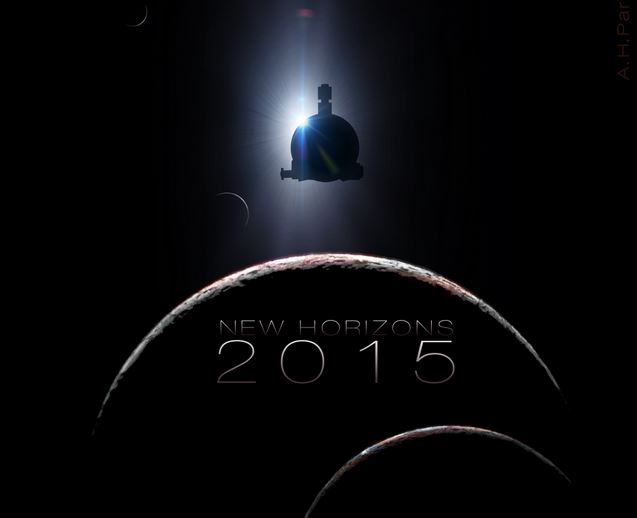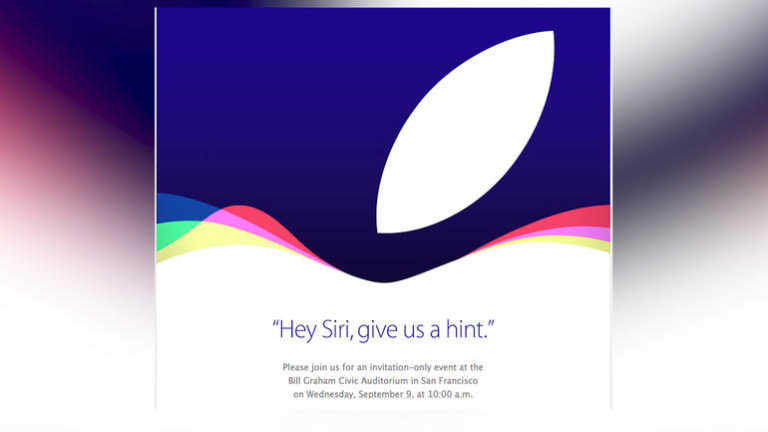Tim Berners-Lee Gives Green Signal To Web DRM, FSF Says We Have Lost Control

Until now, implementing DRM on websites mostly required the use of third-party plugins such as Adobe Flash, Microsoft Silverlight, etc. Now, it would be easier to play DRM-protected content in the form of HTML5 video from the web browser.
Also Read: What’s WWW And The Internet? What’s The Difference Between The Internet And World Wide Web?
You might be knowing that HTML 5 videos don’t require any additional plugin to be installed, unlike Adobe Flash, which once ruled the online streaming space.
Tim Berners-Lee, the inventor of the web and the director of W3C which looks after its development has nodded to approving the proposed EME (Encrypted Media Extensions) as a DRM standard for the web.
EME is a based on the HTML5 Media Source Extensions specification. It allows MPEG-DASH and MPEG-CENC protected content streaming in HTML5. EME is already present in popular web browsers including Google Chrome, Firefox, Edge, etc. In 2013, Netflix was the first one to stream HTML5 videos using EME on Samsung Chromebook.
The Free Software Foundation, through the Defective By Design Campaign, has been on the opposition side ever since the idea of introducing DRM for the web sparked. They say it would take away people’s control of their own computers. The Foundation also claims that MPAA along with Google, Netflix, Microsoft, Apple have pressurized W3C about the Web DRM proposal; their names are also present in the list of W3C’s financial backers.
As the proposal is accepted as a W3C Recommendation, there is a window of two weeks to appeal for the reversal. It would require the official support of 5% members of the W3C Advisory Committee which is headed by Berners-Lee.
“EME offers a better user experience, bringing greater interoperability, privacy, security, and accessibility to viewing an encrypted video on the Web,” says W3C in their announcement mail.
They acknowledge the fact that many people are opposing EME implementation. And they have detailed various criticisms and shortcomings which are summarized in seven points:
- Inadequate protection for users;
- Difficulties in supporting the specification in free software projects;
- Lack of definition for CDM implementations;
- Lack of a covenant regarding anti-circumvention regulations;
- Challenges for adaptation for people with disabilities;
- Challenges for adaptation for people with disabilities;
FSF has been an advocate of openness and freedom. They argue that making the DRM implementation process simpler “would invite more abuses of users like Digital Editions DRM” and “digital handcuffs preventing legal uses of media, like accessibility modifications, translation, commentary, and archiving.”
John Sullivan, FSF’s executive director, said: “We’re mourning the Web today, as the W3C sells everyone out. This is still not the end; it can be appealed. Don’t let giant corporate publishers control the Web.”
According to W3C, various online streaming providers have copyright protection requirements, and it should be done in a safe and web-friendly manner.
“Compared to previous methods of viewing encrypted video on the Web, EME has the benefit that all interactions happen within the Web browser and it moves the responsibility for interaction from plugins to the browser.” reads the announcement mail.
Got something to add? Drop your thoughts and feedback.
Also Read: Nine Most Privacy-Loving Laptops You Can Buy Today Got Stamped By FSF






